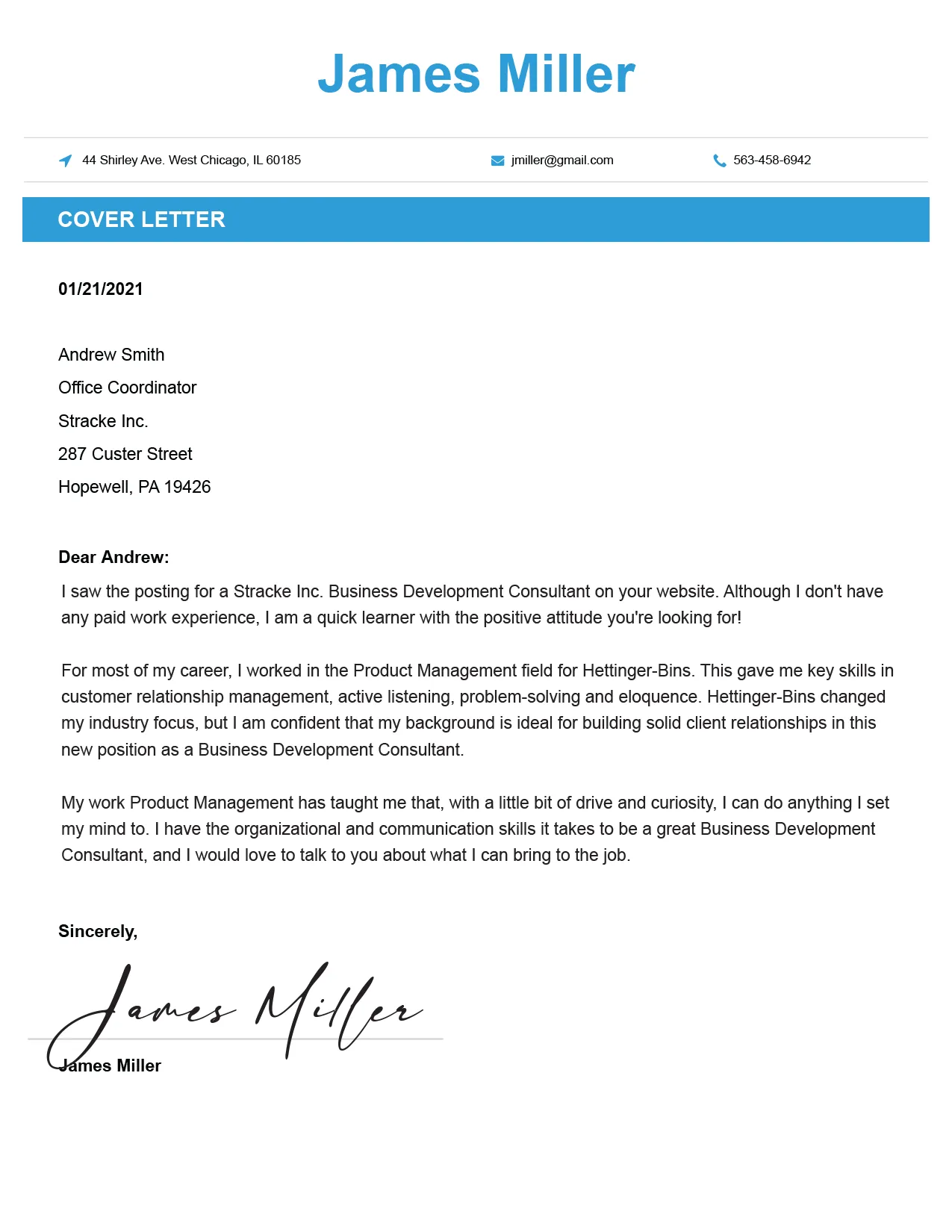What is a Resume Cover Letter?
A resume cover letter is a crucial document that accompanies your resume when applying for a job. It serves as a formal introduction, allowing you to showcase your personality, skills, and experiences in a way that a resume alone cannot. It’s your chance to make a strong first impression and persuade the hiring manager why you are the perfect fit for the role. The cover letter acts as a bridge between your qualifications and the requirements of the job, highlighting your unique value proposition. It provides context to your resume, explaining how your skills and experiences align with the company’s needs and the specific job requirements. By crafting a compelling cover letter, you significantly increase your chances of getting noticed and securing an interview. A well-written cover letter should be tailored to the specific job and company, demonstrating your genuine interest and understanding of the role.
Why is a Cover Letter Important?
In today’s competitive job market, a cover letter can be the differentiating factor that sets you apart from other applicants. It provides an opportunity to personalize your application and demonstrate your communication skills, which are often essential for many roles. Unlike a resume, a cover letter allows you to tell a story about your career journey and how your skills and experiences align with the specific job requirements. It’s your chance to showcase your personality and enthusiasm for the role, making you more memorable to the hiring manager. Many hiring managers and recruiters consider a cover letter a mandatory part of the application process, especially for more senior roles. Failing to include one can immediately disqualify you from consideration. A cover letter also provides an opportunity to address any gaps in your resume or explain specific circumstances that might be relevant to your application. The cover letter gives you a platform to elaborate on the details of your resume and highlight your enthusiasm and skills.
Understanding the Purpose of a Cover Letter
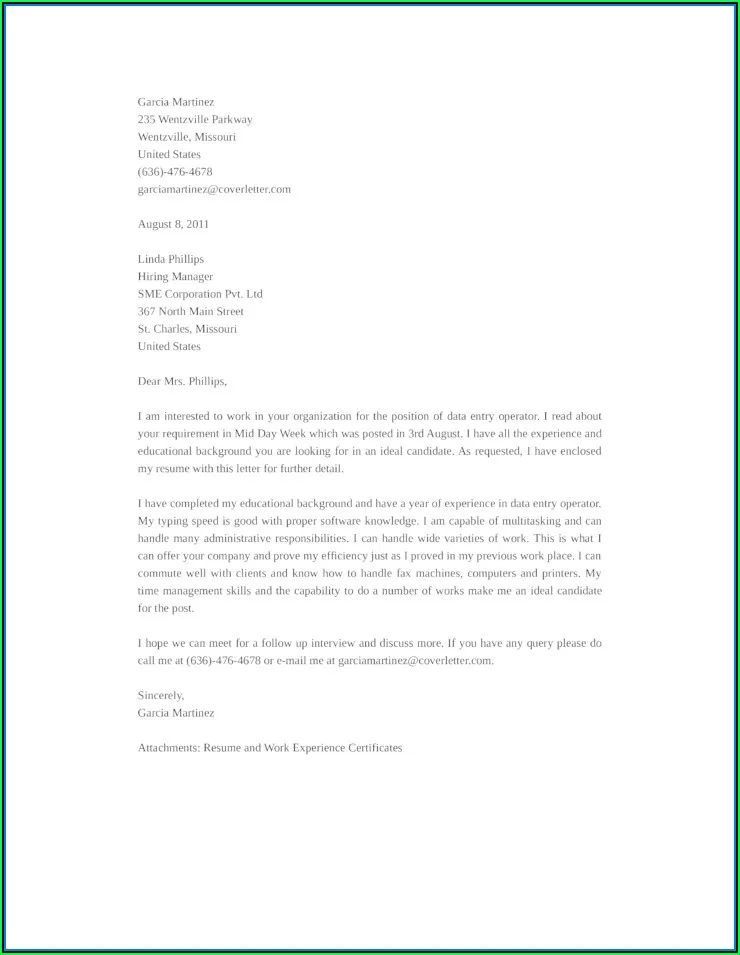
The primary purpose of a cover letter is to introduce yourself to the hiring manager and express your interest in a specific job. It allows you to make a positive first impression and convince the employer that you are the right candidate for the role. The cover letter is not just a repetition of your resume; it should expand on your qualifications and provide a more detailed picture of your skills and experiences. A good cover letter should highlight your relevant skills and experiences, demonstrating how they align with the job requirements. It should also showcase your personality and enthusiasm for the company and the role. The cover letter provides an opportunity to explain why you are interested in the company and what you can bring to the table. It helps the hiring manager understand why you are a great fit for the role and how you can contribute to the company’s success. Your goal is to entice them to read your resume and ultimately invite you for an interview. A well-crafted cover letter is a strategic tool that enhances your job application.
Key Components of a Cover Letter
A well-structured cover letter consists of several key components that work together to create a compelling narrative. Each part of your cover letter plays a critical role in presenting you as a qualified candidate. From the heading to the closing, every element should be carefully crafted to make a strong impression. Let’s break down the essential elements for your cover letter:
Heading Section
The heading section sets the tone for your cover letter and provides essential contact information. It ensures that the hiring manager can easily reach you if they wish to move forward with your application. The heading section typically includes your full name, address, phone number, and email address. It’s important to use a professional email address. Make sure this information is up-to-date and accurate to avoid any issues with the recruiter contacting you. This should be placed at the top left or right corner of your cover letter for easy identification. The heading section is the first thing a recruiter sees, so it should be clean and professional.
Contact Information
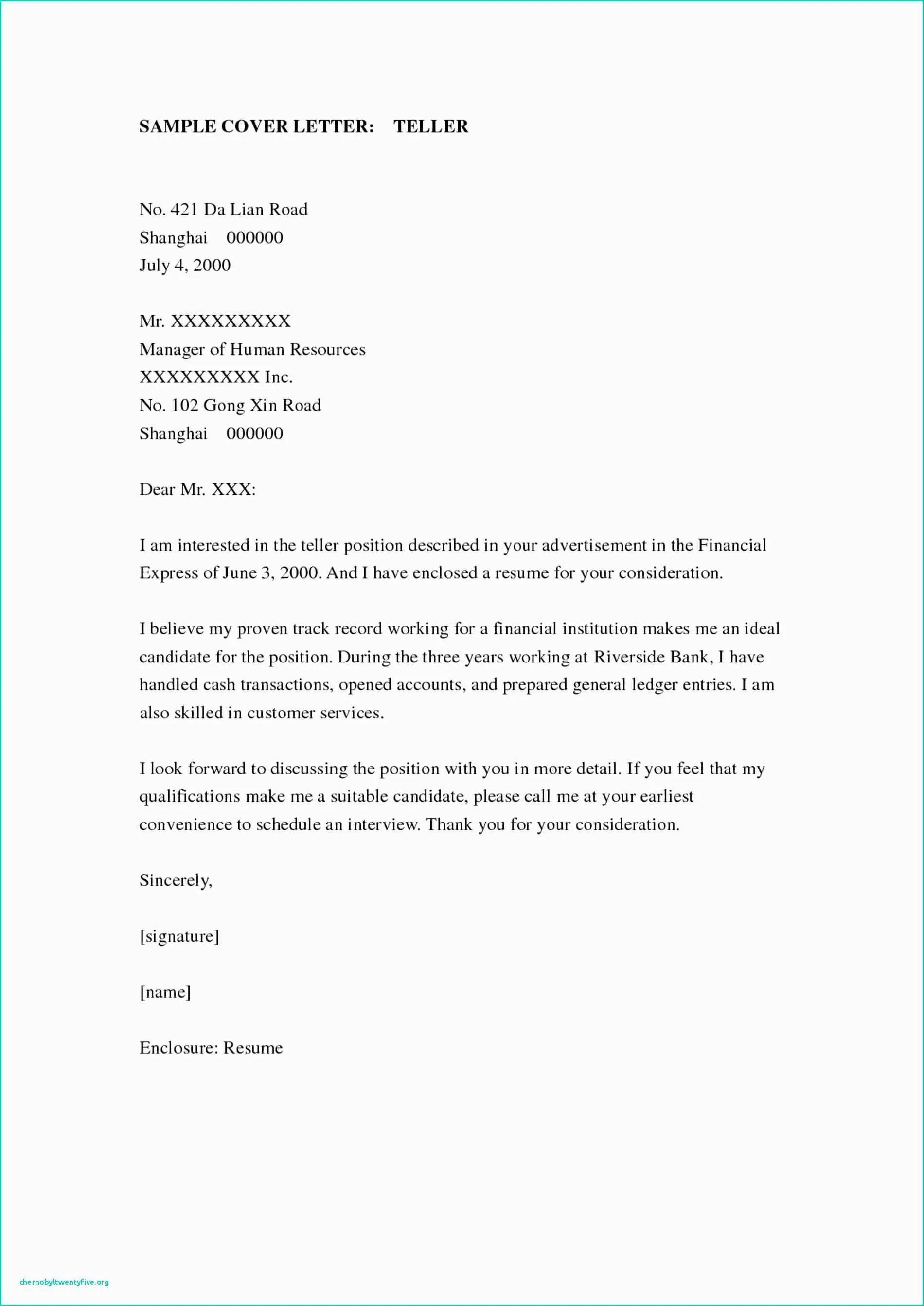
Your contact information should be the first thing included in the heading. This includes your full name, phone number, and professional email address. Ensure that your email address is appropriate and professional; avoid using nicknames or informal language. Your phone number should be one where you can be easily reached for calls. Your address is optional, but it’s recommended, especially if you’re applying for a local position.
Date
The date is typically placed below your contact information, or under the recipients details. Use the current date when you are submitting the cover letter. This helps in keeping track of the document’s submission date. The date format should be consistent throughout the document. Ensure that it reflects the day you’re sending the application, which is important for tracking purposes.
Recipient’s Information
Include the hiring manager’s name and title, the company’s name, and the company’s address. If possible, address your cover letter to a specific person, such as the hiring manager. This shows that you’ve done your research and demonstrates your attention to detail. If you cannot find the hiring manager’s name, use a general greeting like “Dear Hiring Manager” or “Dear [Department Name] Team.”
Opening Section
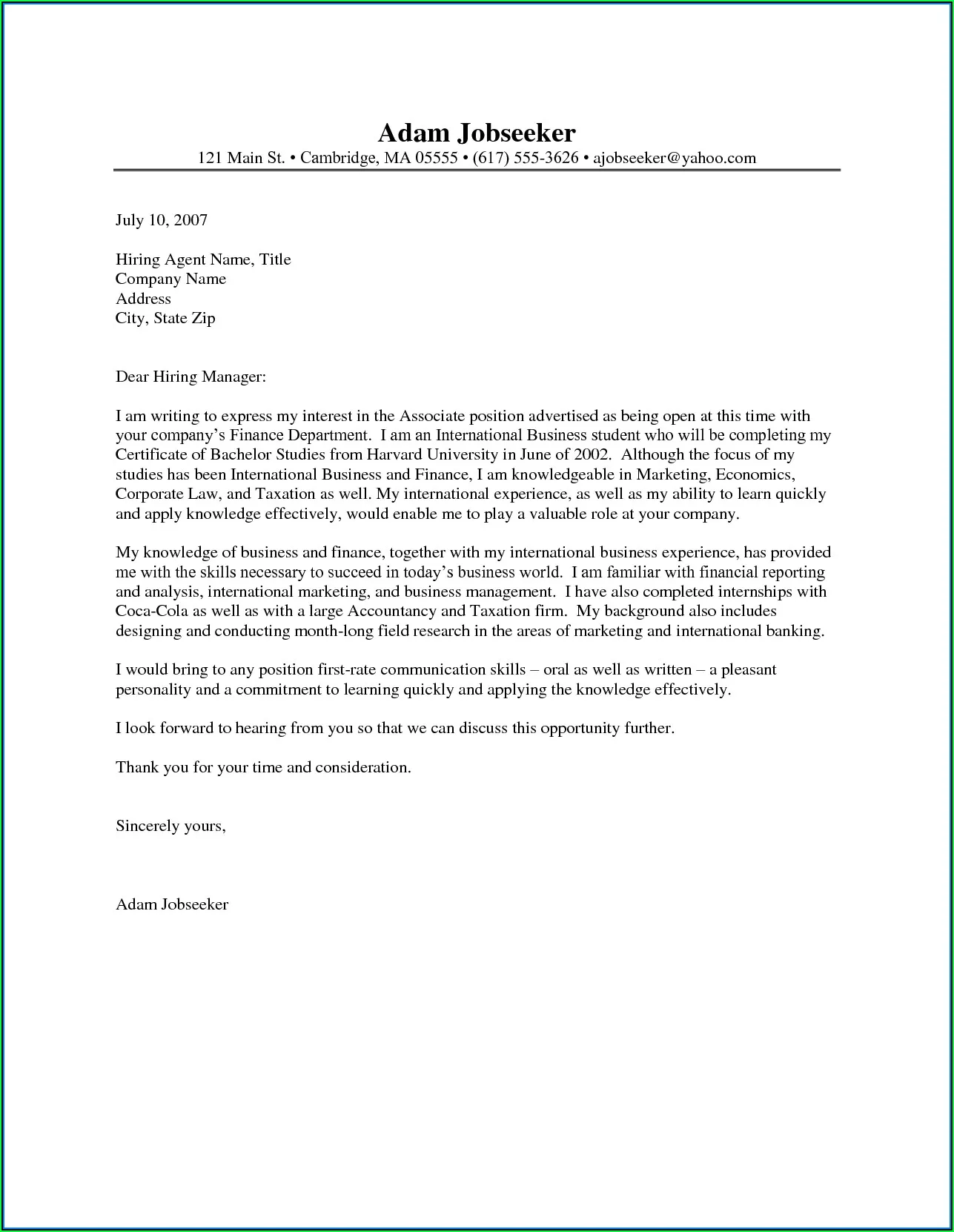
The opening section is where you make your first impression. It should grab the reader’s attention and immediately convey your interest in the role and the company. A strong opening sets the stage for the rest of your cover letter, enticing the hiring manager to read further. The opening section should also state the specific position you are applying for, making your application clear from the start. It should be concise and targeted, immediately demonstrating why you are a good fit for the job. The key to a successful opening is to capture the reader’s interest while quickly conveying your enthusiasm for the opportunity.
Grabbing the Reader’s Attention
Start with a compelling hook that grabs the hiring manager’s attention. This could be a brief story, a relevant achievement, or a statement about your passion for the company’s mission. This will immediately make you memorable. Avoid generic greetings such as “To Whom It May Concern.” Instead, personalize your greeting whenever possible, such as “Dear Mr./Ms. [Last Name]” if you know the hiring manager’s name. Your hook should be related to the job or company to show your interest. Make sure to show your personality, and enthusiasm right at the beginning of the letter. By being engaging, your cover letter becomes more appealing.
Stating Your Purpose
Clearly state the position you’re applying for and how you found the job posting. This gives the recruiter context. Mentioning where you saw the job posting, such as a job board, company website, or through a referral, is useful. Briefly summarize why you are interested in the role and what you bring to the table. Be specific about your interest in the company and the role. Make it clear that you understand the job requirements and are eager to contribute to the company’s goals. Expressing your specific purpose from the beginning sets the tone.
Body Section

The body section is where you demonstrate how your skills and experiences align with the job requirements. It should provide a detailed account of your qualifications and showcase why you are the ideal candidate. This section should be well-structured and easy to follow. The body section is where you truly persuade the hiring manager of your value. The way you demonstrate your skills and experiences will greatly impact your chances of moving to the next round. Make sure this is not just a rehash of your resume, but a compelling narrative about your qualifications.
Highlighting Your Skills and Experience
Identify the key skills and experiences the employer is looking for in the job description and elaborate on how you meet those requirements. Provide specific examples of how you have used these skills in past roles. Use action verbs to describe your accomplishments. Describe how you have used these skills to achieve specific results. Focus on the skills and experiences that are most relevant to the job. Emphasize any unique skills or experiences that set you apart from other candidates. Make sure to show how your skills and experiences align with the company’s needs and the specific job requirements.
Tailoring to the Job Description
Carefully review the job description and tailor your cover letter to match its specific requirements. Use the same keywords and phrases that are used in the job posting. This helps to ensure that your application passes through applicant tracking systems (ATS) and highlights your relevance. Address each of the key requirements listed in the job description, providing examples of how you have met them. Research the company’s mission, values, and culture. Demonstrate that you understand the company’s needs and how your skills and experiences can contribute to their success. Avoid using a generic cover letter template; customize each one to the specific job and company.
Providing Specific Examples
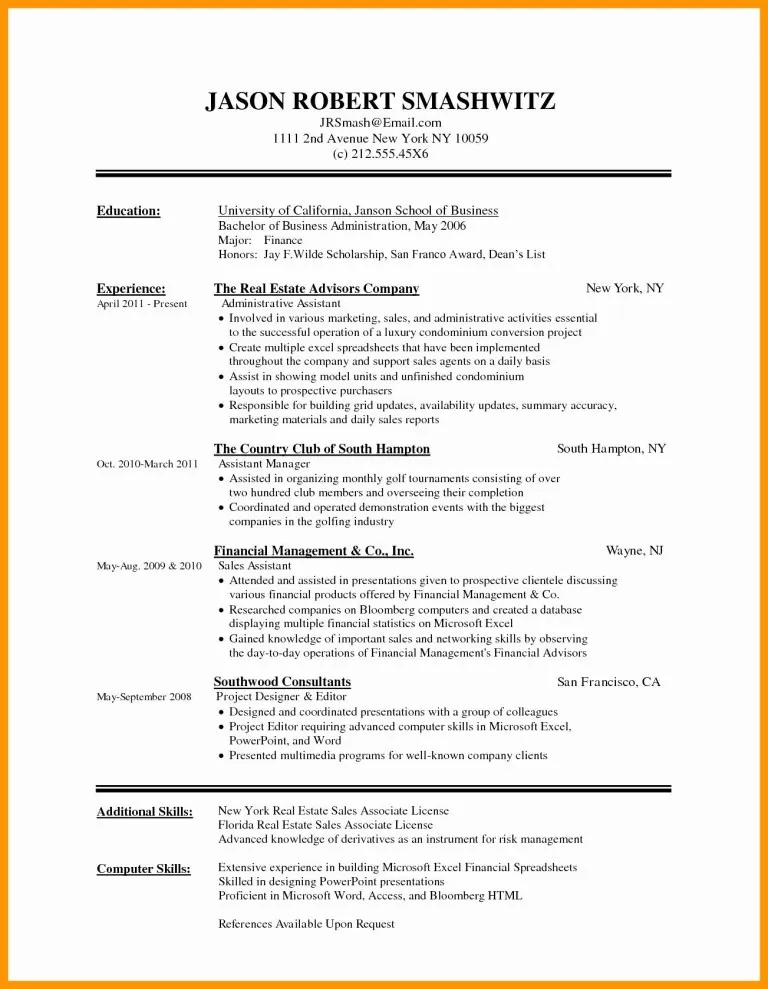
Use the STAR method (Situation, Task, Action, Result) to provide specific examples of your accomplishments. Describe the situation or context, the task you needed to accomplish, the actions you took, and the results you achieved. Provide quantifiable results whenever possible to demonstrate the impact of your work. For example, instead of saying you “improved customer satisfaction,” say you “increased customer satisfaction by 15% through implementation of a new feedback system.” Show the results with hard numbers, and use the STAR method for providing detailed stories. This helps illustrate your accomplishments.
Quantifying Achievements
Use numbers and data to quantify your achievements. This helps demonstrate the impact of your work. For instance, instead of saying you “managed a team,” say you “managed a team of 10 employees, increasing productivity by 20%.” Include specific metrics, such as percentages, dollar amounts, or time saved. Quantifying your achievements adds credibility to your claims. This provides a clear picture of your accomplishments and highlights your value to potential employers. Be sure to use data and numbers whenever possible.
Closing Section
The closing section provides a final opportunity to express your enthusiasm and reiterate your interest in the role. It should leave a lasting positive impression on the hiring manager. It must include a call to action, prompting the hiring manager to take the next step. A well-written closing section can significantly increase your chances of getting an interview. It’s your last chance to make a memorable impact, encouraging the hiring manager to follow up with you.
Expressing Gratitude and Enthusiasm

Express your gratitude for the hiring manager’s time and consideration. Reiterate your enthusiasm for the role and the company. Briefly summarize why you are a strong fit for the position and what you can bring to the team. Show your appreciation for the opportunity, and demonstrate your keenness to work for the company. Reiterate your interest by mentioning your passion and commitment to the role.
Call to Action
End with a clear call to action, such as requesting an interview. Provide your contact information again, making it easy for the hiring manager to reach you. Thank the hiring manager for considering your application and express your eagerness to discuss your qualifications further. Make it easy for the hiring manager to contact you. Make sure they know how to take the next step and what to expect. Your call to action should be clear and easy.
Proofreading and Formatting
Proofreading and formatting are critical to ensure your cover letter presents you in the best possible light. Errors and poor formatting can undermine your credibility and decrease your chances of landing an interview. Before submitting your cover letter, make sure you’ve addressed every detail. A polished, well-formatted cover letter demonstrates your attention to detail. Take the necessary time to review and edit your cover letter for any errors. Your aim is to eliminate any mistakes.
Ensuring Clarity and Conciseness
Use clear, concise language and avoid jargon or overly complex sentences. Make every word count. Keep your cover letter to one page. Ensure your writing is easy to read and understand. Use strong verbs and avoid passive voice. Review your cover letter for any unnecessary words or phrases. Prioritize clarity in every sentence and paragraph.
Formatting Tips
Use a professional font such as Times New Roman, Arial, or Calibri, with a font size between 10 and 12 points. Maintain consistent formatting throughout your cover letter. Use appropriate spacing between paragraphs and sections for readability. Proofread carefully for any typos, grammatical errors, or punctuation mistakes. Ensure your cover letter has a neat and organized layout. Use clear headings and bullet points to organize information. Use the image: cover-letter-formatting.webp as a guide on good formatting.
Common Mistakes to Avoid
Avoiding common mistakes is vital to ensure your cover letter makes a positive impression. Errors can damage your credibility and decrease your chances of getting an interview. The following are some mistakes you need to avoid.
Using Generic Language
Avoid using generic, clichéd phrases that don’t add any value to your application. Phrases like “I am a team player” or “I am a hard worker” are overused. Use specific examples and quantifiable results to demonstrate your skills and accomplishments. Avoid phrases that are too general. Instead, show how your experience is relevant to the specific job.
Ignoring the Job Description
Don’t submit a generic cover letter without tailoring it to the specific job requirements. Carefully review the job description and highlight the skills and experiences that match the employer’s needs. Tailor your cover letter to showcase your specific qualifications. Emphasize how your skills and experience can contribute to the company’s success. Always personalize your application to increase your chances of getting hired. Use the image: tailoring-cover-letter.webp for guidance.
Typos and Grammatical Errors
Proofread your cover letter carefully for any typos, grammatical errors, or punctuation mistakes. Errors can create a negative impression and make you seem unprofessional. Use spell-check and grammar-check tools, but don’t rely solely on them. Have someone else review your cover letter for errors. Take the time to edit and revise your cover letter. Ensure that it is free of any mistakes. Use the image: avoid-cover-letter-mistakes.webp to guide you.
Example Cover Letter
Here’s a sample cover letter that you can use as a template, make sure you tailor it: [Your Name] [Your Address] [Your Phone Number] [Your Email] [Date] [Hiring Manager Name, if known] [Hiring Manager Title] [Company Name] [Company Address] Dear [Mr./Ms./Mx. Last Name], I am writing to express my keen interest in the [Job Title] position at [Company Name], as advertised on [Platform]. With my [Number] years of experience in [Relevant Field] and a proven track record of [Key Accomplishment 1] and [Key Accomplishment 2], I am confident in my ability to contribute significantly to your team. In my previous role at [Previous Company], I was responsible for [Key Responsibilities], where I successfully [Specific Achievement]. I am particularly drawn to [Company Name]’s [Specific Aspect, e.g., innovative culture, commitment to X] and believe my skills in [Skill 1], [Skill 2], and [Skill 3] align perfectly with your requirements. I am eager to learn more about this opportunity and discuss how my skills and experience can benefit [Company Name]. Thank you for your time and consideration. I look forward to hearing from you soon. Sincerely, [Your Name]
Use the image: resume-cover-letter-example.webp to see how a basic example is written. Tailor the details to match your specific situation.
Final Thoughts
Writing a compelling cover letter is a crucial step in the job application process. A well-crafted cover letter can significantly increase your chances of landing an interview and securing your dream job. By understanding the key components, avoiding common mistakes, and tailoring your letter to each job application, you can create a cover letter that highlights your skills, experiences, and enthusiasm. Remember to proofread carefully, use clear language, and make sure your cover letter is error-free. By following these guidelines, you can craft a cover letter that gets results and helps you stand out from the competition. Use the image: cover-letter-guide.webp as your final resource.
